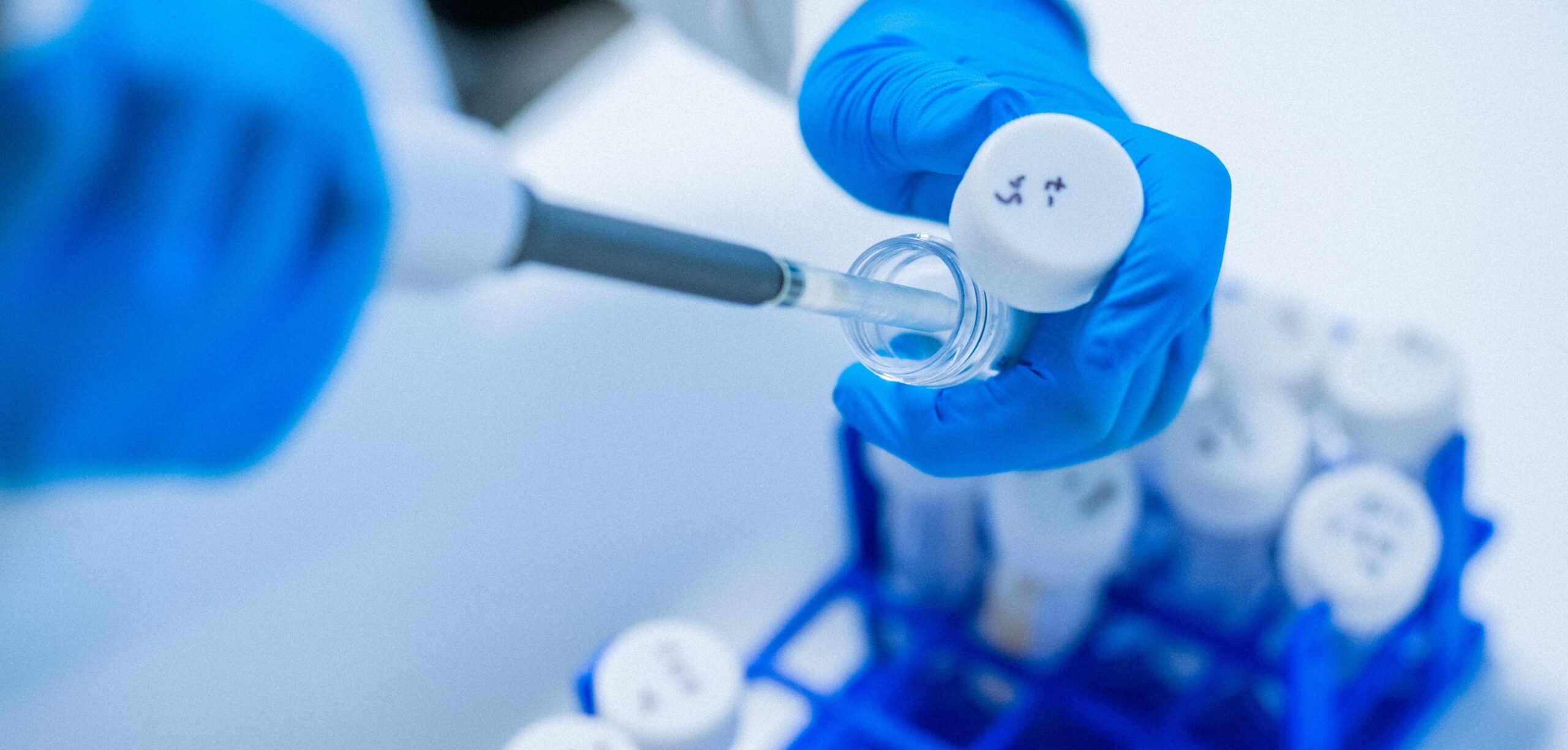ISO 10993-10 Skin Sensitization: Everything You Need to Know
Article Summary
Skin Sensitization testing assesses chemicals released by medical devices for the potential to cause an allergic reaction. The test is part 10 of the ISO 10993 series of standards, which focus on biocompatibility. The test might be deemed necessary during a Biological Evaluation Plan, which will also inform what kind of sensitization test is required.Article Contents
What is ISO 10993-10 Skin Sensitization testing?
ISO 10993-10 Skin sensitization testing assesses the possible contact of hazards from chemicals which are released from a medical device (MD) that could induce a hypersensitivity reaction e.g. an allergic reaction. Textiles or plastic components of a MD is primarily tested for skin sensitization.
How does sensitization occur?
A skin sensitivity reaction can occur by ingredients within the chemical make-up of a medical device (MD) that seeps out and encounter human skin. An example of this are wearable MDs with continuous contact times, which require an adhesive to help adhere to the patients’ skin. If ingredients within the adhesive manages to come in contact with the skin (e.g. isobornly acrylate- used in glucose monitors), it prompts a cascade of reactions in the inflammatory pathway inducing an inflammation/allergic response from the body. Hence, it is critical that MD manufacturers evaluate the risk of skin sensitization on their MD to ensure its safety for patients and users.

How does skin sensitization testing work?
Before deciding on the test methods, it is critical to do an initial evaluation on the MD to confirm the need for the testing. This would be explored in a biological evaluation plan (BEP), which will review literature/ supplier information, previous chemical characterisation, previous in vitro or in vivo testing to justify the requirement of skin sensitization testing.
Upon the BEP, the choice of test will be outlined, and like most of the ISO 10993-biocompatibility series, skin sensitization has both in vitro and in vivo methods. Alongside skin sensitization, cytotoxicity test is run (MTT/ NRU) to make sure the cells are not reacting to the toxicity of the MD, and solely due to sensitization. Depending on the MD, extracts are generally prepared in dose-response dilutions or with the whole MD, which is then tested for the activation of different parts of the sensitization pathway.
How does in vivo and in vitro skin sensitization test work?
In vivo tests consist of 3 animal assays: two which use guinea pigs (maximization test – GPMT, and the closed patch – Buehler test), and one which uses murine (murine local lymph node assay- LLNA). The LLNA test is the most frequently chosen test, and it uses the key indicator of cell proliferation in the lymph node to suggest that sensitization pathway has been activated. The mice are topically induced with the test sample, injected with a radiolabel via the tail vein, and then the lymph nodes are extracted to measure the level of radioactivity that correlates to cell proliferation.
In vitro tests can cover 3 key events in the sensitization pathway: the initiative event e.g. protein binding, induction of inflammation or activation/proliferation of dendritic cells. Multiple of these tests use a luciferase reaction to indicate the presence of the above markers e.g. IL-8 is a chemical that is activated by dendritic cells, and this can be targeted using the luciferase reaction to investigate whether the addition of the MD causes the presence of IL-8.
What are the relevant testing standards?
Skin sensitisation is part 10 of the ISO 10993 biocompatibility series. Although the standard primarily states the traditional animal test methods, in vitro assays from OECD (Organisation for Economic Co-operation and Development) which are for neat chemicals are heavily referenced throughout the standard as a viable method for MDs.
However, these methods have not been assessed or validated for MDs. For this reason, a single in vitro test will not be able to sufficiently identify the absence or presence of skin sensitizers. Instead, an integrated approach of a few types of in vitro skin sensitization tests would be required to overcome the lack of validated data.
“A (medical) device shall meet the general safety and performance requirements set out in Annex I which apply to it, taking into account its intended purpose.” Article 5 paragraph 2 of the MDR (MD Regulations). Hence, it is the responsibility of a manufacturer to ensure their MD will not cause a risk in terms of skin sensitization of the handlers of the device.
Therefore, the main areas of focus are:
- Conduct a biological evaluation plan. This will review all the existing information of the MD and help decide which tests are required.
- Begin with in vitro testing as the baseline to detect if further testing is needed. In vitro testing is a better replacement to in vivo, and is scientifically validated (current work is being done to qualify in vitro skin sensitization test methods for MDs)
- Conduct In vivo testing- which is only appropriate if the MD cannot be characterised for skin sensitization from the above.
Accelerate your access to global markets.
Contact us about your testing requirements, we aim to respond the same day.
Get resources & industry updates direct to your inbox
We’ll email you 1-2 times a week at the maximum and never share your information

